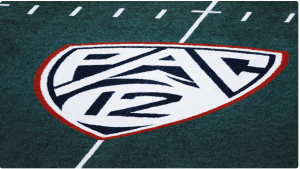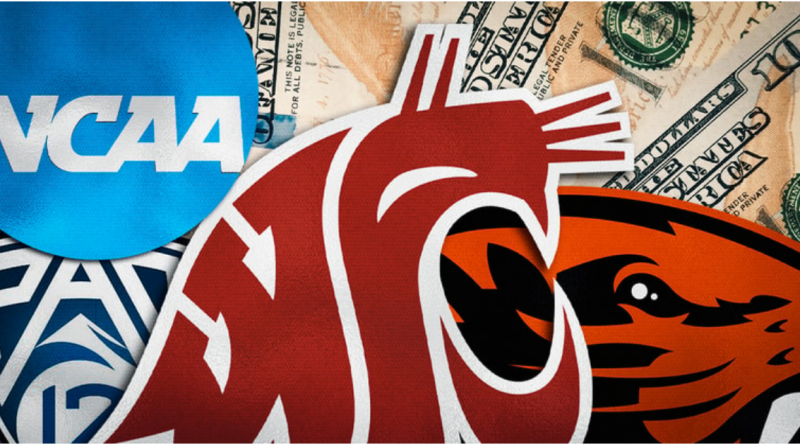The PAC-12 Revival
Justin Loretz
Staff Writer
The Demise
The PAC-12 Conference split off with all but two schools going their separate ways. Their reputation had been diminishing for a while up until this point, a “Conference of Champions,” that in football, only took one home in 2004 (which the NCAA vacated due to controversy that followed)—and even worse yet for basketball: 1997.
Their success largely relied on the Olympic sports, with the list of medalists topped by four of their schools:
- USC (341)
- Stanford (335)
- UCLA (284)
- Cal (246)
However, realistically, one sport was considered when making this decision: football.
After surviving over a century (enduring the Great Depression and two World Wars in its youth), the ultimate demise of the PAC-12, one of the conferences that was practically thought to have “tenure,” is attributable to nothing but money. They were unsuccessful in securing a television contract, leading to two of their powerhouses—UCLA and USC—consequently fleeing at the first chance they saw. The Big 12 saw similar losses with Texas and Oklahoma as the conference realignment craze has been spanning the entire NCAA, but they made it out alive thanks to proactivity, acquiring new schools, and a media deal.

Why couldn’t the PAC-12 secure a new contract?
The PAC-12 was seeking a similar deal to those received by the other four conferences in “the Power Five,” but one key difference made this impossible: geography.
The conference had one of, if not the best geographical layouts in the NCAA. But, with all of the schools located on the west coast, the time games were televised led to less attraction from viewers on the other side of the country. ESPN had offered them thirty million dollars per school. The PAC-12 counteroffered at fifty million dollars each. It was immediate rejection.
This number was utilized several times going forward with other potential media partners, each time ending negotiations before they even began. And the only reason it was thrown out in the first place was to attempt to gain a better idea of their value.
This kind of mismanagement is not new either. Once Texas and Oklahoma announced their departure from the B12, the idea of a merger between the PAC-12 and the Big 12 surfaced. This would serve as a great opportunity for marketability and sustenance. The PAC-12 rejected it, and the Big 12 subsequently succeeded in pulling four of their schools away.
Beyond these critical errors, a problem of pairing a lack of revenue with lavish spending has existed for years now.

Survival of the Fittest
Oregon State and Washington State reached an agreement in scheduling with the Mountain West for this season, but they opted to not renew it. This decision proved to be vain, as the PAC-12 poached four of their best schools, igniting their revival as they attempt to get up to eight schools to retain eligibility as an FBS conference. Because of their scheduling agreement, this will come with a cost, but it is necessary.
Utah State and Gonzaga are the newest additions to the conference, making it look like a heavy emphasis is being placed on basketball. This brings them to eight total schools, however, since Gonzaga does not compete in the FBS, they will need at least one more to be eligible.
Furthermore, this would mean that the Mountain West ALSO only had seven schools participating in the FBS. But, fortunately for them, they have recently acquired the University of Texas El Paso (UTEP), and all remaining teams will stay through June 2032, UNLESS they join one of the (now) Power Four conferences (Big 10, Big 12, SEC, ACC). However, to meet the eight-team requirement and maintain eligibility, they will still need to add a school by 2028. This is because Hawaii is only a partial member—for now. However, they are currently in discussions to change that.
Contact Justin at justin.loretz@student.shu.edu

